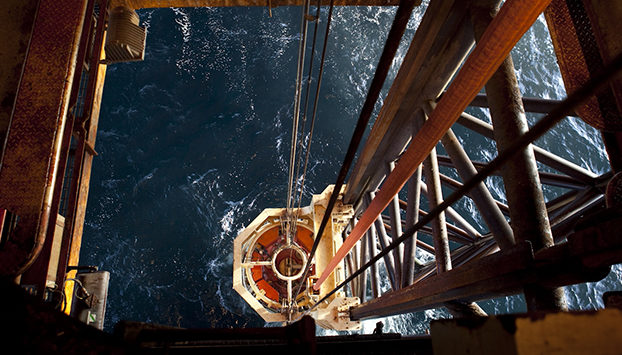
A leading oil and finance expert said North Sea companies are becoming “more creative” about how they reduce costs amid the ‘lower for longer’ oil price.
Earlier this week Independent Oil & Gas (IOG) said staff had accepted fresh terms which will see them forfeit their salaries for shares.
Certain directors, members of IOG’s technical team and contractors have accepted all or part of their salaries and fees in new ordinary shares in the capital of the firm or options over ordinary shares.
Meanwhile, Talisman has reinstalled Sky TV on its North Sea platforms after it was removed last year in a cost saving’s bid of around £600,000.
However it was recently put back in place in a bid to reward the hard work of employees after cost savings of an estimated £100,000.
Barry Fraser, oil and gas corporate finance executive director at EY, said:“The oil and gas industry is adjusting to an expected ‘lower for longer’ oil price. Discretionary and non-essential expenditure has been cut significantly and people costs have been drastically reduced.
“In terms of talent, many businesses have acknowledged the benefit of keeping skilled and experienced staff for the long term recovery by making changes such as rate or salary reductions and decreasing workforce hours in order to reduce people costs while minimising redundancies.
“The sector is entering the next phase where companies need to be even more creative to simplify operations, improve efficiency and reduce costs further. Companies are adapting business structures, operating models and processes to survive through this tough economic climate.”
Fraser said the priority was now to improve efficiency further and become “more robust” than before.
He added the move requires detailed analysis of procedures and operating models as well as challenging whether the existing approach is still fit for purpose.
The finance expert said:”Companies also need to forget about existing cost structures and use zero based budgeting to build the right cost base for this new market.
“From an operational point of view, procurement costs are being driven down through supplier rationalisation, use of buying power and low cost sourcing. Companies are also focussed on reducing leakage from terms already agreed on contracts with third parties that haven’t been strictly enforced in the past.
“Capital structures are also being re-assessed, with companies seeking appropriately reduced levels of debt for their inevitably lower levels of cash flow.”
Recommended for you
